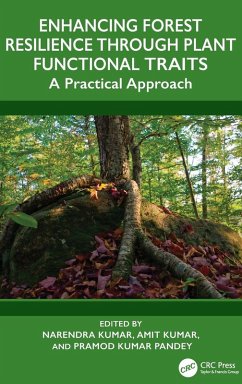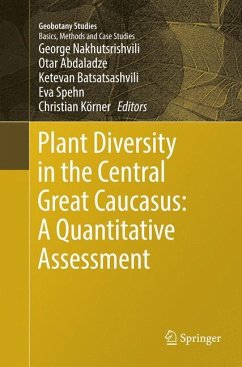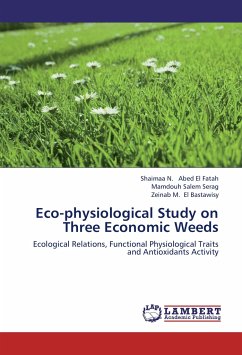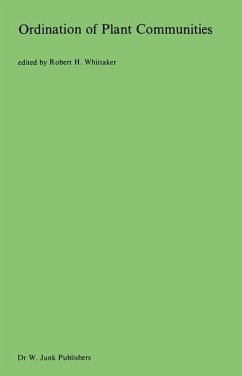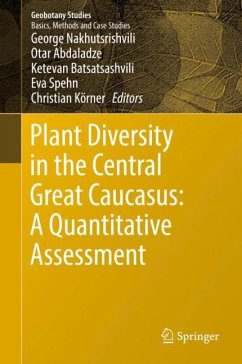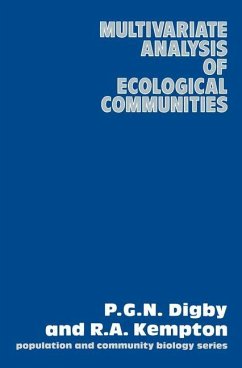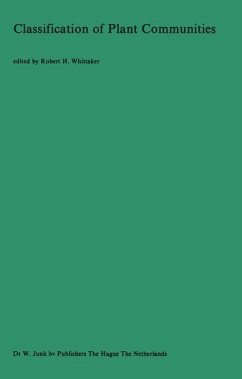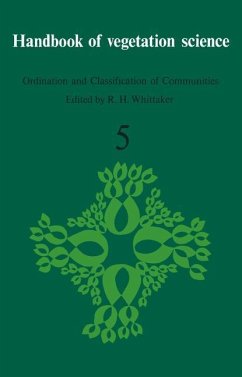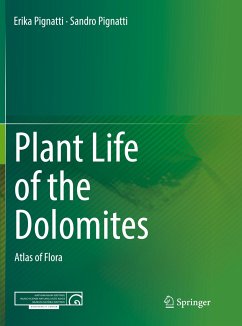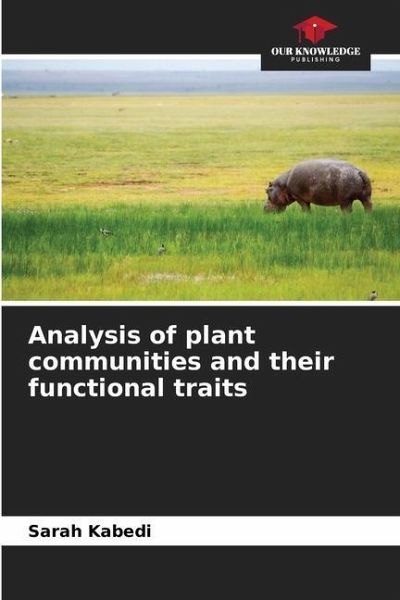
Analysis of plant communities and their functional traits
Versandkostenfrei!
Versandfertig in 6-10 Tagen
27,99 €
inkl. MwSt.

PAYBACK Punkte
14 °P sammeln!
Savannahs are important reservoirs of biodiversity, playing an ecological and socio-economic role worldwide. The aim of this work is to characterize plant communities in relation to the functional traits of species in the steppe savannah of the Kasapa farm. To this end, a floristic inventory was carried out using Braun Blanquet's abundance-coverage method, in order to record floristic diversity and analyze plant communities. A total of 21 species were collected for analysis and measurement of functional traits. The results showed that specific frequency varies from one species to another. A to...
Savannahs are important reservoirs of biodiversity, playing an ecological and socio-economic role worldwide. The aim of this work is to characterize plant communities in relation to the functional traits of species in the steppe savannah of the Kasapa farm. To this end, a floristic inventory was carried out using Braun Blanquet's abundance-coverage method, in order to record floristic diversity and analyze plant communities. A total of 21 species were collected for analysis and measurement of functional traits. The results showed that specific frequency varies from one species to another. A total of 51 species were inventoried, the most frequent being Themeda triandra; Imperata cylindrica; Cyperus rotundus and Eriosema psoraleoides, with specific frequencies ranging from 41 to 88%. Hierarchical classification identified four groups representing plant communities. Taking into account the Indval value of each species, indicator species for each community were identified.



